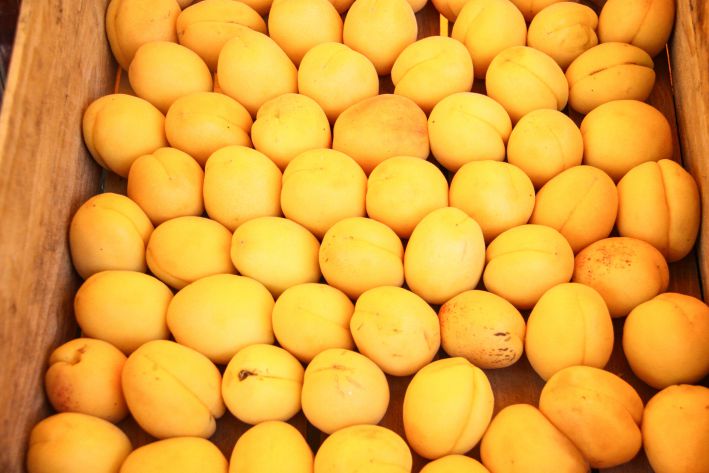Spring is the time to feed garden crops and add mineral and organic additives to the soil.
As for the apricot, there is a special opinion on this matter. The tree responds to both types of fertilizer, but it is not recommended to add organic fertilizer every year. Let's look into the details.
How to feed apricots in spring
At this time, like other plants, apricot needs nitrogen, phosphorus and potassium.
In addition to enriching the soil with nutrients, additives activate tree growth, increase resistance to diseases and pests, and improve fruiting.
1. Urea is excellent for spring, applied through foliar treatment or into the soil.

2. To support the harmonious development of the tree, many gardeners use complex fertilizers.
3. Potassium sulfate is also used (2 tablespoons per 4 liters of water). The additive is added together with the appearance of the first leaves, and a week later - a mixture of ammonium nitrate, superphosphate and potassium.
4. Compost is used as an organic fertilizer, improving the composition of the soil and promoting the absorption of minerals.
If the tree grows on clay soil and in conditions of insufficient moisture, then this fertilizer cannot be neglected.
Manure, as well as chicken droppings, are used to increase soil aeration and improve composition.
Ash helps to normalize the sugar level in apricots, promotes the development of young shoots, and is also useful for gum flow.
5. In addition, apricot is fertilized with ammonium nitrate, as well as potassium salt. The latter option helps to increase the tree's resistance to cold and drought.
Fertilizers are applied to moistened soil, into prepared grooves along the radius of the crown to a depth of 15-20 centimeters.








